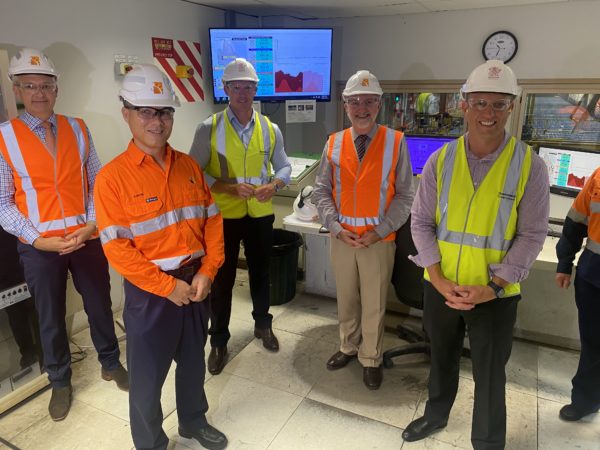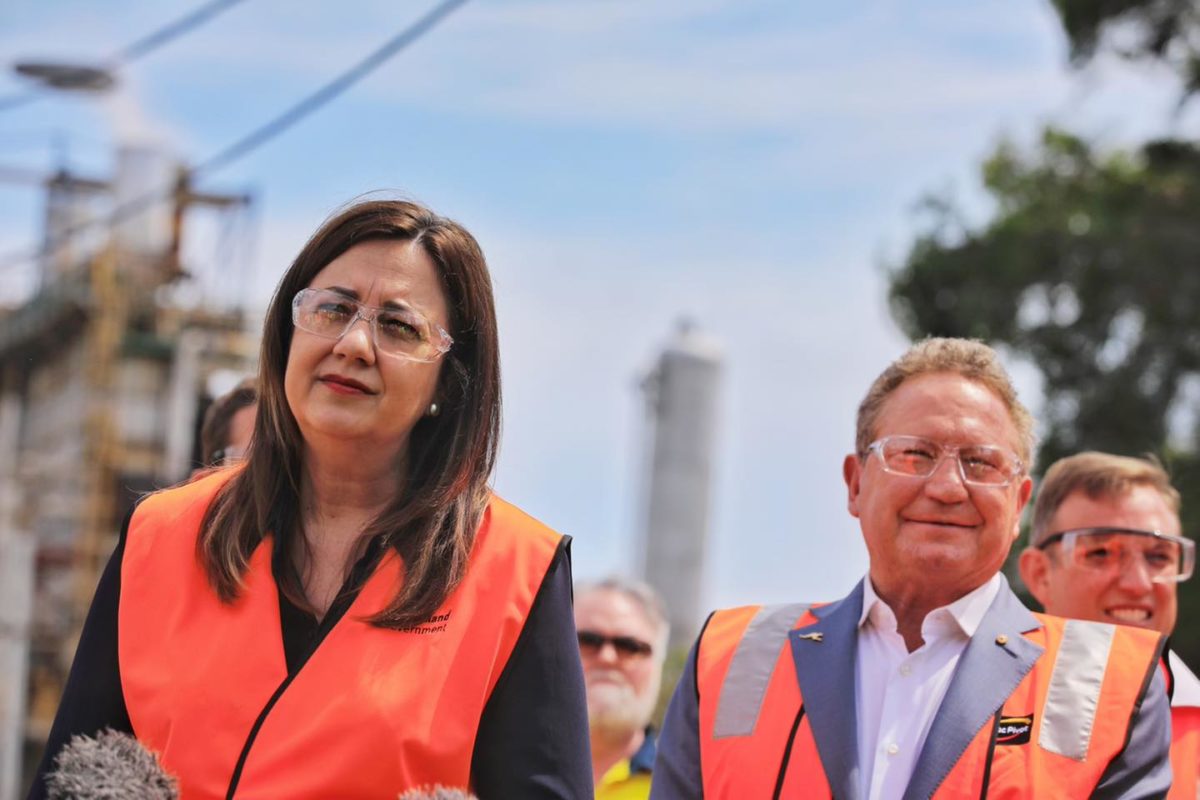The Queensland government has announced it will takeover ownership and delivery of the CopperString 2.0 transmission line project, with construction slated for 2024.
CopperString 2.0 is an 1,100-kilometre, high voltage electricity transmission network that would connect Mount Isa and the North West Minerals Province to the national electricity grid near Townsville in north Queensland.

Hailed as the largest geographical expansion of Australia’s National Electricity Market (NEM) since it was established, the transmission lines will provide connection options for mining and industrial customers in the region and open up enormous tracts of land previously closed to solar and wind development. The government expects 6 GW of renewable capacity to be opened up by CopperString. The project is also set to unlock a clean energy hub at Hughenden, which includes the Kennedy Energy Park.
The acquisition delivers on the Queensland government’s $62 billion Energy and Jobs Plan launched in 2022. The state is aiming to supply 70% of its energy demand from renewables by 2032, and 80% by 2035. It plans to reach these targets by constructing what it’s calling the “Queensland SuperGrid” – a massive fit out of solar, wind, battery and hydrogen generators connected through publicly-owned transmission assets.
The Queensland government-owned transmission business Powerlink will now lead the work on the CopperString project, taking over from the previous private developer CuString.
1,100 kilometres. 100% publicly owned.
Today I’m announcing we’re building CopperString to connect North Queensland to the Queensland SuperGrid. pic.twitter.com/PxA7A2cGTo
— Annastacia Palaszczuk (@a_palaszczuk) March 6, 2023
“Unlocking 6,000 MW of new renewable capacity is the equivalent of doubling the existing large-scale solar and wind farms in Queensland,” said Stephanie Gray, deputy director of Queensland community group Solar Citizens.
“It’s also great to see the Queensland Government demonstrating their commitment to keeping energy assets in public hands. In other states we’re seeing privatised network companies making a mint from consumers.”
CopperString 2.0
The CopperString project has been percolating for decades. As with many of Australia’s transmission projects the costs have blown out from the initially planned $1.5 billion to $5 billion.

Image: Twitter/CopperString 2.0
This doesn’t seem to have fazed the Queensland government, which has attributed the increase to “current global supply chain conditions.”
The project’s original developer CuString already received planning and environmental approvals for CopperString, including the purchase of land corridors, and the project has been “shovel-ready” since late 2022.
During its development, CopperString has received tens of millions of dollars in industry finance as well as state and federal government funding.
The project will now be expanded with a higher-capacity 500kV line from Townsville to Hughenden, a 300kV line from Hughenden to Cloncurry and a 220kV line from Cloncurry to Mount Isa.
North West Minerals Province
The Queensland government has been pushing hard to establish green manufacturing and materials processing in the state, already one of Australia’s most prolific mining hubs.
On top of unlocking new renewable generation projects in the region, CopperString is set to increase the use and export of critical minerals such as copper, zinc, vanadium and cobalt from Mount Isa, and support the burgeoning clean energy and hydrogen industries in Townsville.
“The CopperString 2.0 transmission line will unlock North Queensland’s world-class renewable resources and provide cheap electricity to emerging manufacturing industries in Townsville and existing heavy industry in Mount Isa,” Solar Citizen’s Stephanie Gray said.
“Right now industries in Mount Isa are struggling because they have to rely on expensive gas-fired power. An injection of cheap and clean energy is just what the doctor ordered to ensure Queensland’s industry can remain globally competitive.”
This content is protected by copyright and may not be reused. If you want to cooperate with us and would like to reuse some of our content, please contact: editors@pv-magazine.com.









“This doesn’t seem to have phased the Queensland government”
Might well have fazed them, though.